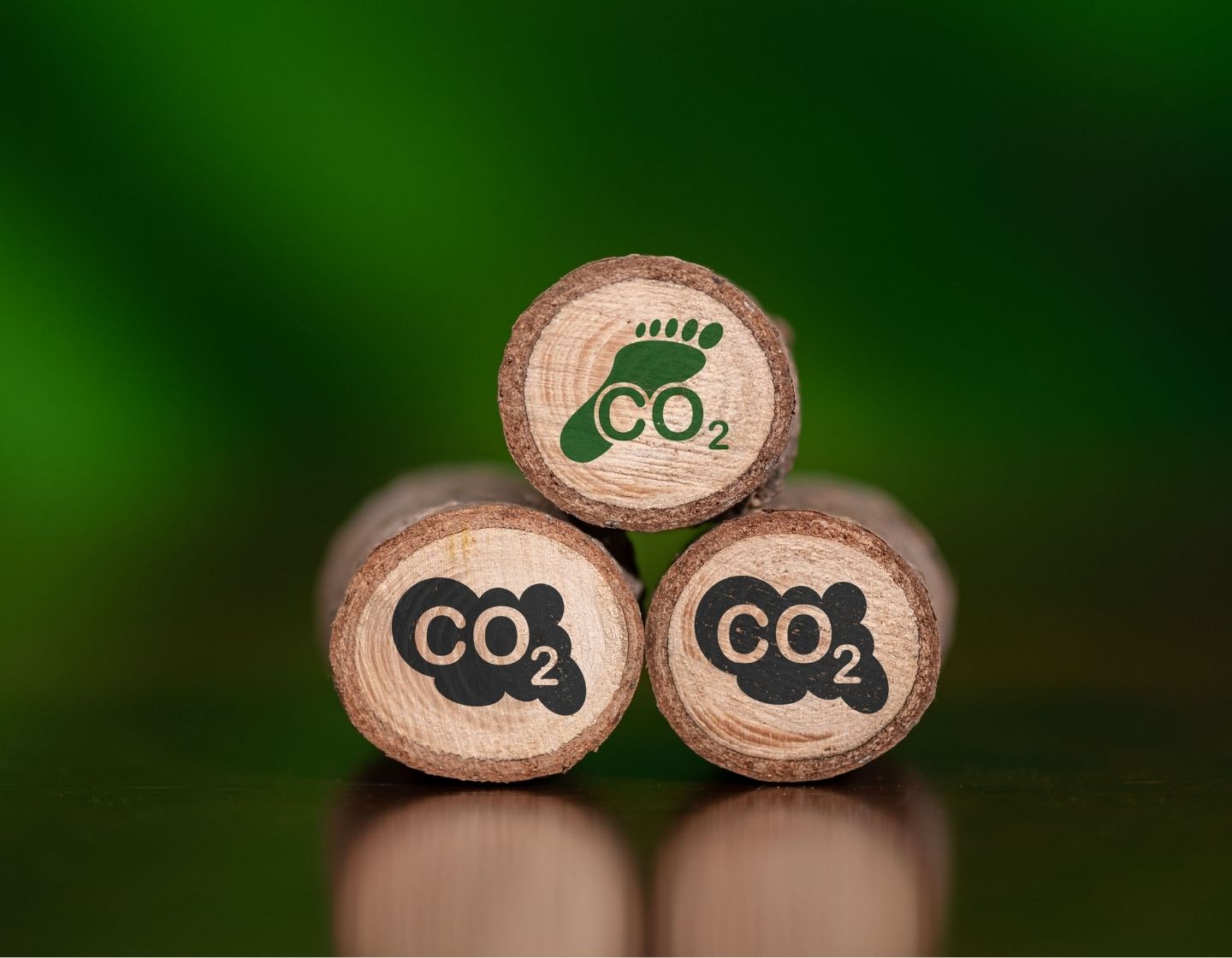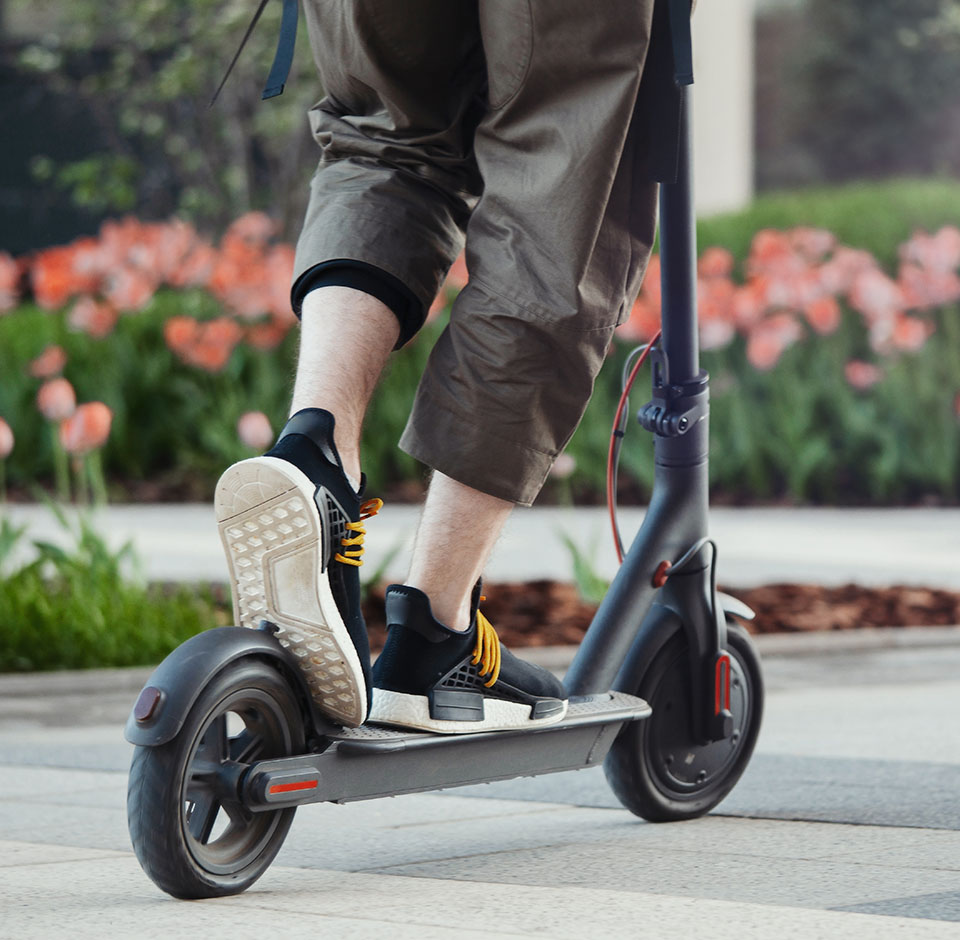What is a Carbon Footprint?
Following on from COP26 there’s been a lot of discussion regarding climate change. Although “carbon footprint” is a household term, many people don’t know what it actually means and how they can reduce it. Fear not, by the end of this handy article you’ll also know how to reduce your carbon footprint.
What actually is a carbon footprint?
According to the Oxford dictionary, carbon footprint is described as “the amount of carbon dioxide released into the atmosphere as a result of the activities of a particular individual, organisation or community”.
Essentially, your carbon footprint is the amount of greenhouse gas that is generated by your everyday actions. For example, in a single day, you may drive to work, binge-watch a Netflix show, cook dinner and heat your home – all of which comes with a price. Not only is it expensive for your wallet, but it also massively contributes to climate change.
Greenhouse gases emitted by human activities:
- Carbon dioxide – mainly caused by fossil fuels, deforestation and agriculture.
- Methane – mainly caused by agriculture, energy use and biomass burning.
- Nitrous oxide – mainly caused by fertilisers used in agriculture.
However, carbon dioxide is the biggest contributing factor, accounting for 80% of the UK’s total emissions in 2019.

How much carbon does the average person produce?
Pretty much everything you do impacts your carbon footprint. On a recent episode of Shop Well for the Planet, the BBC revealed that the average person in the UK produces 13 tonnes of carbon dioxide a year. To put this into perspective, one tonne of carbon dioxide fills 5 double-decker buses so, in total, the average person could fill an astounding 65 double decker buses with carbon dioxide a year.
According to the Department for Business, Energy and Industrial Strategy, transport was responsible for the largest carbon emissions.
- Transport 27%
- Energy supply 21%
- Business 17%
- Residential 15%
- Agriculture 10%
- Waste management 5%
- Other 5%
The food you buy has a carbon footprint too, even if you can’t see it. It requires heavy machinery and resources to grow, harvest, package and transport food to the supermarket. Don’t forget the energy you need to cook it with too.
DEFRA estimates that transporting food within, to and around the UK produces 19 million tonnes of carbon dioxide annually and it’s responsible for 25% of all miles covered by heavy goods traffic. Just driving to the supermarket ourselves adds up! The average person travels around 135 miles a year to do the food shop. However, transport is not the biggest impact when it comes to food. Production is the biggest greenhouse gas emitter – especially beef.
Although carbon dioxide emissions dropped by 10.7% in 2020 to 326.1 million tonnes, this is largely to do with the pandemic as more people stayed home and couldn’t travel. But lockdown is over and there is still an enormous amount of carbon dioxide on our planet.

Why is carbon bad for the environment?
Most of us know that carbon is bad for the planet because the news and environmentalists have been telling us for years, but the why is a little more tricky. Greenhouse gas emissions are the main cause of climate change. Therefore, we must understand the impact of our actions to truly alter our lifestyles.
Our everyday actions contribute to something known as the greenhouse effect. The sun is responsible for warming the Earth however, our everyday actions release greenhouse gases into the atmosphere and trap the sun’s heat and keep it close to the Earth’s surface rather than letting it escape into space. This causes the Earth’s temperature to rise – also known as global warming.
This process began in the late 1700s when the Industrial Revolution began. Heavy machinery and fossil fuels such as coal significantly altered the amount of carbon dioxide in the atmosphere. Today, climate change appears as the extreme weather conditions we have been experiencing all over the world from torrential floods to devastating forest fires.
However, carbon dioxide can be beneficial to the planet, in smaller doses. The planet needs to be warmed by the sun to a certain degree (15°C) for humans, animals and plants to thrive in. Without such, the Earth would still be in the Ice Age. The problem lies in our exploitation of the planet’s natural resources.

What can you do to reduce your carbon footprint?
Don’t despair! We can all do our part to prevent climate change and reduce our carbon emissions. From simple changes such as eating less meat to purchasing an eco-friendly vehicle – it all makes a difference.
Lighting accounts for roughly 5% of global carbon dioxide emissions. Switching to LED lighting in your home could reduce the energy you use by up to 85%! LEDs require less power than traditional bulbs and the less energy you use, the better it is for the environment. Find out more about why you should switch to LED’s here.
Energy is also needed to filter, heat and pump water at home, contributing to your carbon footprint but there are tons of things you can do to save water at home. Shortening time spent in the shower, turning running taps off and installing a water butt are a few examples. Check out our water saving tips for more.
To go one step further, you could purchase one of our eco-friendly showers from hansgrohe or Grohe. Remember to use a Flow Bag to measure the flow of your existing taps and showerheads before and after to instantly see your savings.

For families that want to reduce their plastic, landfill and water wastage, check out one of our handy starter kits with everything you need to get started on your eco-warrior journey. In your box you’ll receive 100% recycled toilet paper, compostable kitchen bin bags, biodegradable bamboo toothbrushes, biodegradable dental floss and cotton buds, compostable sponges, a reusable flow bag and an OceanSaver anti-bac starter kit.
For those of you that want to tackle the biggest carbon emitter of all, transport! Our electric scooters and bikes will not only reduce your carbon footprint, but they’ll also put a huge grin on your face. All of our electric vehicles are road safe too.
The Inmotion L8D Electric Scooter can go for 18 miles before it needs charging. Its folding design makes it easy to carry and fit into small spaces – great if you live in the city. For bigger budgets, the Inmotion L9 Electric Scooter can go for an impressive 59 miles before it needs charging and a max speed of 30 km/h.

Or, swap to an eBike to reduce carbon emissions. The new folding electric commuter bike from Axon Rides is fully road legal. Save Up to 410g of CO2 for every mile you cover on the carbon busting Axon Eco eBike, rather than travelling in your car or taxi, saving around 200kg CO2 annually.
You may not think that investing in an electric vehicle would be a budget-friendly option for your lifestyle but with our Home Club discount, you’ll experience huge money savings. Why not treat yourself and the planet this Christmas by tackling the leading cause of carbon emissions.
Discover more about Home Club and enjoy guarantee savings when you reduce your carbon footprint!

